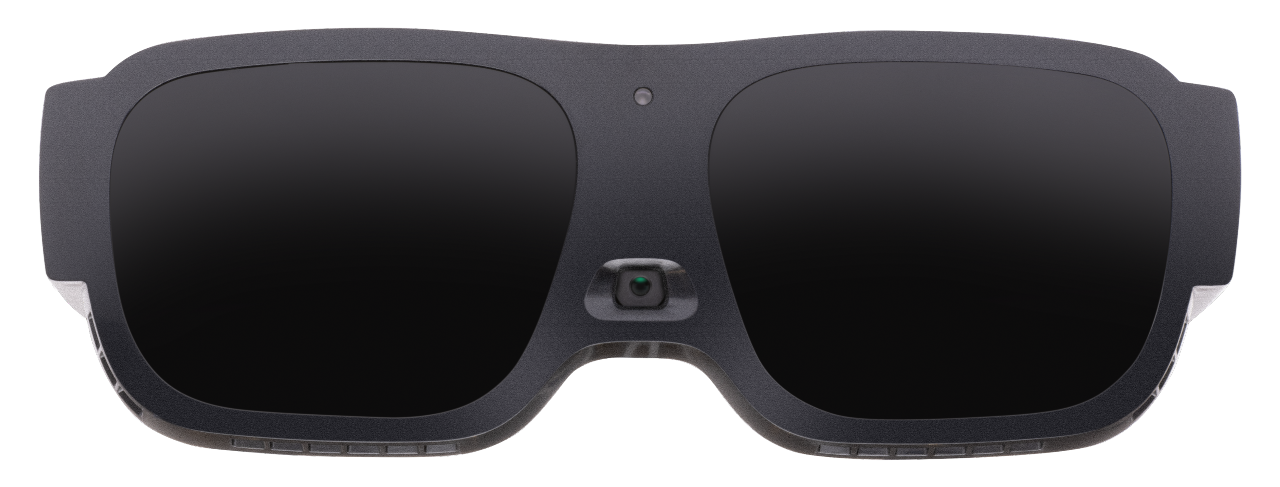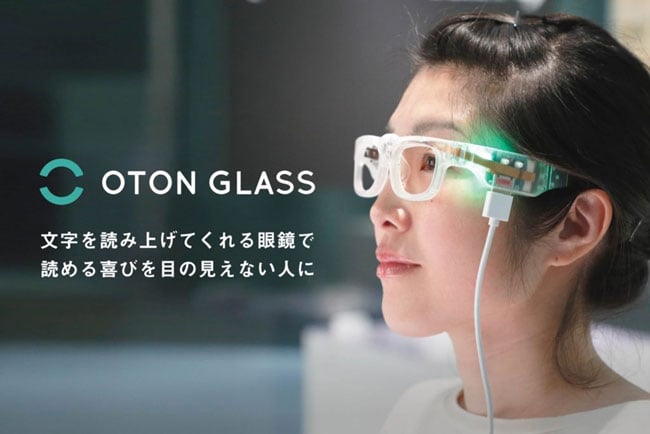Speech-to-Text Devices for Low Vision Users: Enhancing Communication and Productivity
Speech-to-Text Devices for Low Vision Users: Enhancing Communication and Productivity
Blog Article
Enhancing Availability With Assistive Technology for the Blind
The integration of assistive technology for the blind represents a pivotal improvement in availability, basically modifying exactly how people navigate their settings and engage with culture. From display visitors to innovative wise walking canes, these devices not just improve independence yet additionally advertise inclusivity in numerous balls of life. As we check out the varied types of assistive devices and their substantial influence on day-to-day living, it becomes necessary to take a look at just how recurring technological developments are improving the landscape of assistance for the blind neighborhood. What implications do these developments hold for the future of availability?
Review of Assistive Modern Technology
Assistive modern technology describes a variety of tools and software application created to enhance the capabilities of individuals with handicaps, consisting of those that are aesthetically damaged or blind. This modern technology plays a crucial role in advertising freedom and improving the top quality of life for users. By providing different techniques for accessing details and performing day-to-day tasks, assistive technology equips people to navigate their environments a lot more efficiently.
The advancement and execution of assistive technology accept a selection of principles aimed at promoting access. These principles include user-centered layout, which prioritizes the demands and preferences of the individual, and the combination of innovation right into daily tasks. Such innovations make sure that assistive devices are not only functional however additionally intuitive and easy to use.
Furthermore, assistive modern technology includes a diverse spectrum of options, from low-tech alternatives like magnifiers to high-tech technologies such as screen viewers and Braille displays. The recurring evolution of this area is driven by the need to attend to the one-of-a-kind difficulties faced by people with aesthetic impairments (Wearable technology for low vision). As innovation proceeds to advance, the potential for boosting access and advertising inclusivity remains promising, eventually adding to a much more fair society

Sorts Of Assistive Tools
Various kinds of assistive tools are available to support individuals who are blind or visually impaired, each created to address particular demands and challenges. These gadgets can be extensively classified right into three main kinds: low-tech, mid-tech, and sophisticated options.
Low-tech devices include products such as magnifiers, Braille tags, and responsive maps. These are reasonably easy devices that enhance the individual's capacity to interact with their atmosphere without requiring complicated technology.
Mid-tech gadgets commonly include a lot more innovative attributes, such as electronic magnifiers and portable Braille note-takers. These gadgets can offer performances like speech result, allowing customers to gain access to info extra efficiently.

Effect On Daily Living
The schedule of numerous assistive devices considerably enhances the high quality of life for people that are blind or visually damaged, influencing their everyday living in profound means. By incorporating technologies such as screen readers, Braille shows, and audio summary solutions into their routines, customers acquire greater freedom and self-reliance. These devices assist in access to information, allowing people to execute day-to-day jobs, such as reading e-mails, browsing public areas, and delighting in media material.
Additionally, assistive gadgets equip individuals to involve more totally in social interactions and community activities. The capability to use mobile phones outfitted with accessibility features permits for seamless interaction and connection with others. This connection fosters a feeling of belonging and minimizes feelings of isolation.
In specialist setups, assistive innovation supports productivity by permitting individuals to full work tasks efficiently. Tools like voice recognition software and specialized magnifying tools make it possible for individuals to take part in the labor force on equivalent footing with their sighted peers.

Advancements in Technology
Current technical improvements have significantly changed the landscape of devices available for people that are aesthetically damaged or blind. The combination of fabricated knowledge (AI) and maker understanding has generated applications that enhance navigating and object acknowledgment. For instance, smartphone applications can now utilize AI to identify and define surroundings in real-time, providing customers with useful contextual info.
Furthermore, advancements in haptic technology have actually resulted in the growth of smart walking canes furnished with sensors that identify obstacles and give tactile comments. This encourages users to browse their environment with enhanced self-confidence and independence. Advancements in text-to-speech software application and braille display screens have enhanced the access of digital content, permitting for see smooth interaction with numerous media.
Wearable innovations, such as smart glasses, are additionally making strides in assisting aesthetic disability. As technology continues to evolve, the More Info capacity for even more transformative devices remains on the perspective.
Future Trends and Innovations
As innovation swiftly advances, the future of assistive tools for individuals who are blind holds enormous guarantee. Developments in expert system (AI) and device understanding are poised to reinvent the means blind individuals engage with their environments. AI-driven applications are being established to improve item acknowledgment, allowing individuals to identify and browse their environments with greater ease and precision.
Moreover, improvements in haptic feedback modern technology are enabling the production of responsive maps and navigating help that supply real-time details through touch. These developments not only enhance movement however likewise foster self-reliance. In addition, wearable gadgets furnished with augmented fact (AR) attributes are arising, supplying customers visual info with audio descriptions, thereby bridging the gap between the digital and physical globes.
In addition, the integration of smart home modern technology provides new opportunities for access, permitting people to manage their living atmospheres through voice commands or smartphone applications. As partnership between tech programmers and the blind neighborhood proceeds, the concentrate on user-centered layout will guarantee that future developments are tailored to fulfill the one-of-a-kind demands of this population (Wearable technology for low vision). The trajectory of assistive technology promises an extra comprehensive and empowering future for individuals that are blind
Final Thought
In final thought, assistive technology plays a critical duty in enhancing access for individuals with visual disabilities. Continuous advancements in innovation and user-centered layout make certain that these tools cater successfully to the unique demands of the blind community.
The combination of assistive modern technology for the blind represents a critical advancement in ease of access, essentially modifying exactly how individuals navigate their environments and engage with culture.Assistive modern technology refers to an array of devices and software created to boost the capabilities of individuals with handicaps, including those who are blind or visually impaired. Wearable technology for low vision.As innovation swiftly proceeds, the future of like this assistive tools for individuals who are blind holds enormous promise. The trajectory of assistive modern technology promises a more inclusive and empowering future for individuals who are blind
In conclusion, assistive innovation plays a crucial role in enhancing access for people with visual disabilities.
Report this page